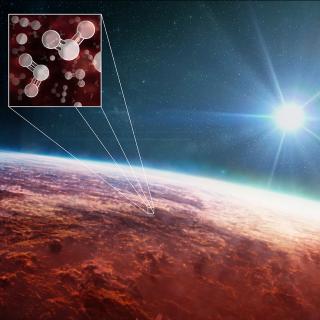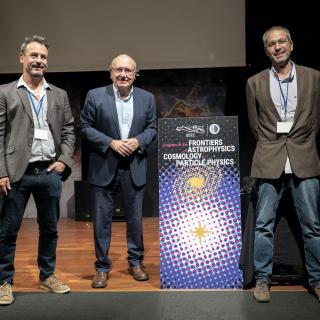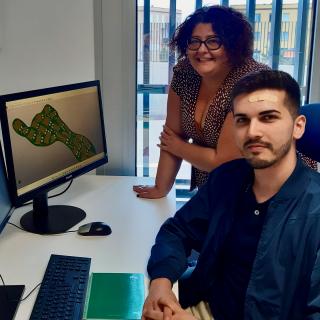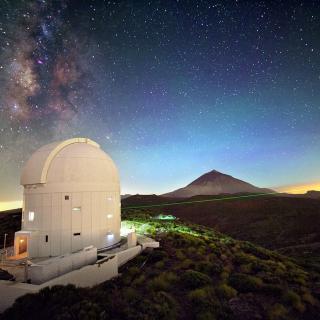
On November 1st the COST ( European Cooperation in Science and Technology) action called “NanoSpace: Molecular carbon nanostructures in space” coordinated by the Instituto de Astrofísica de Canarias (IAC) was initiated. This is an internatonal research network, led by Anibal García Hernández, in which groups from 43 countries are participating. This is the first time that an IAC researcher has led one of these prestigous COST actions. The main objective of NanoSpace is to determine the abundance, the formation mechanisms, and the astrochemical and astrobiológical roles of carbon
Advertised on




